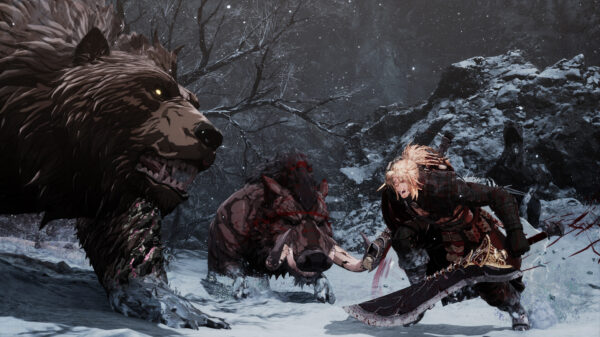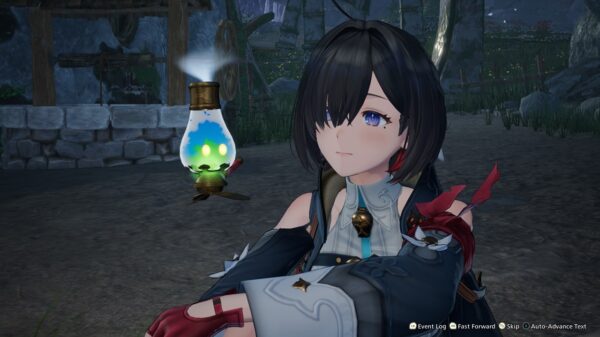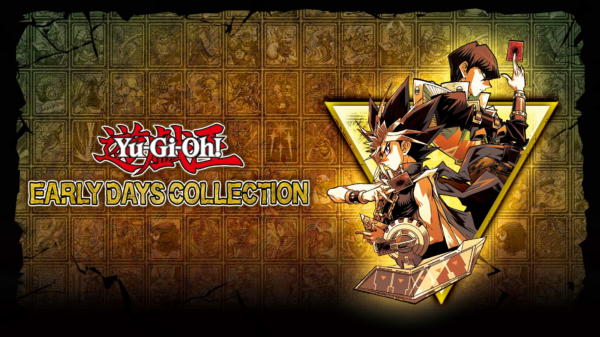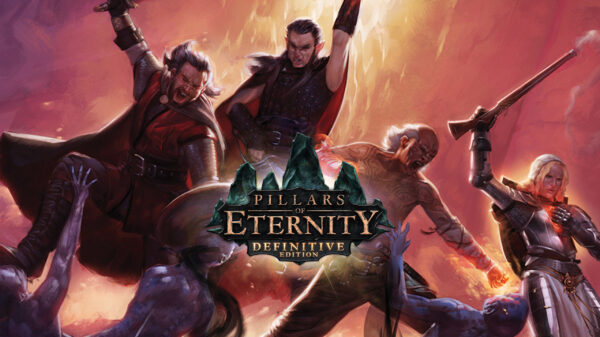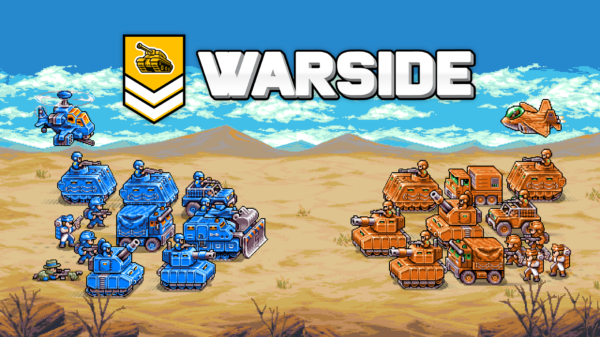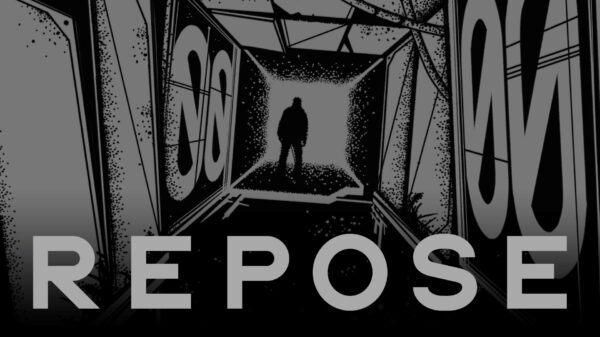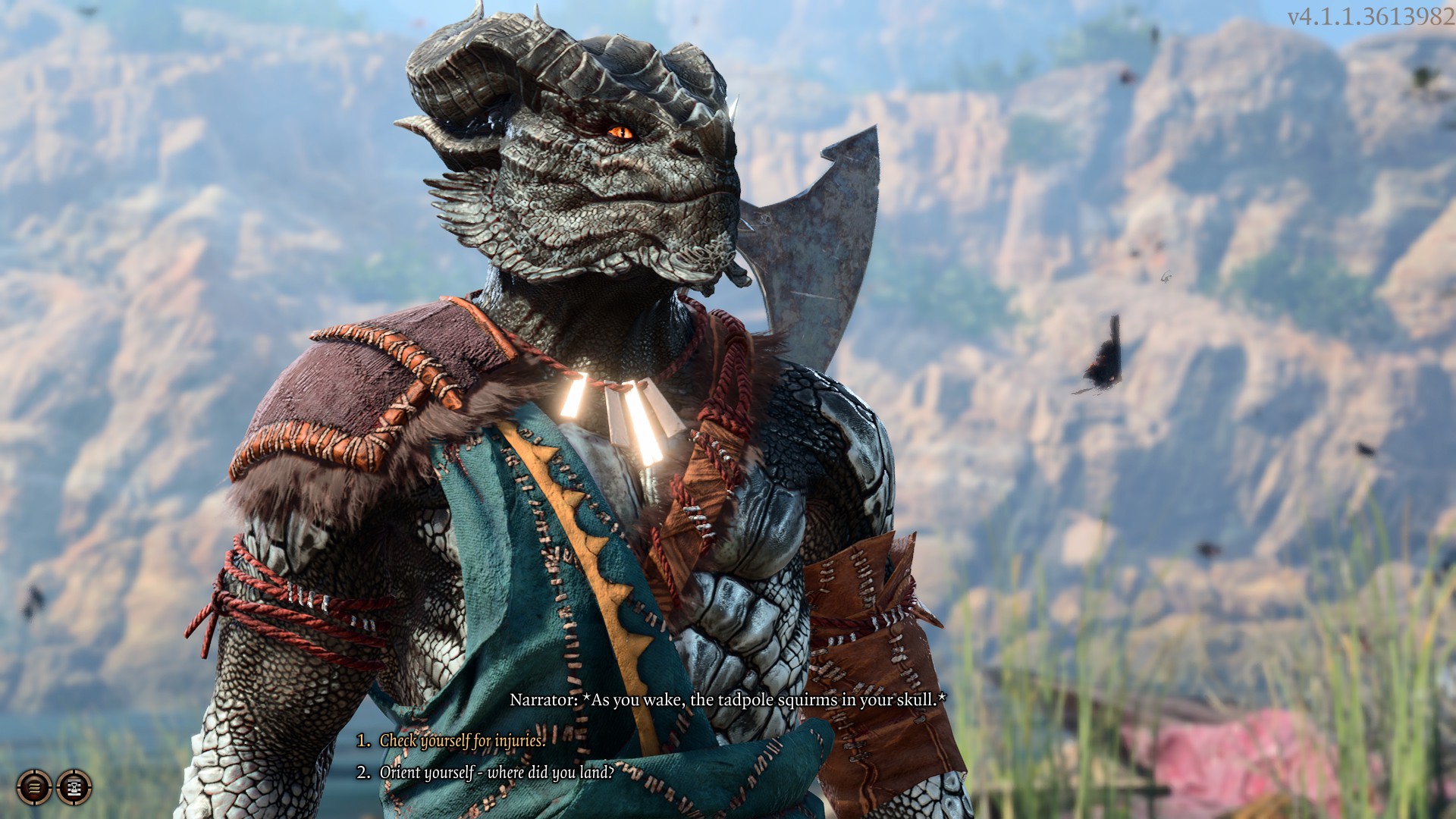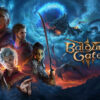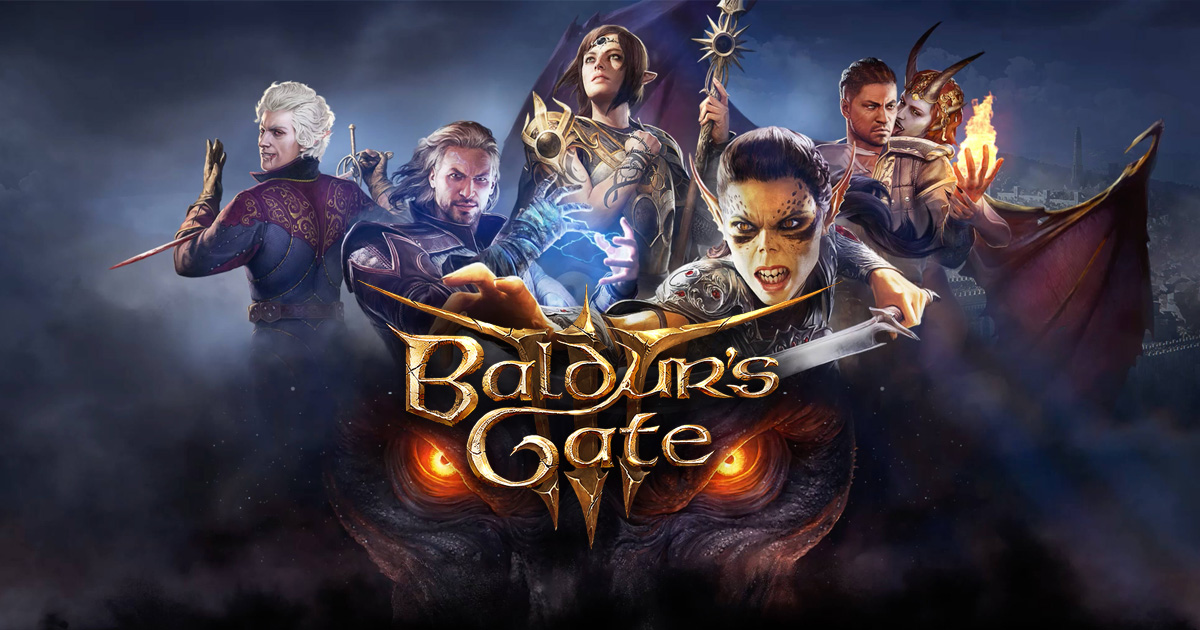“You find yourself on a dirt path in a lush forest. Ahead the road forks, one way leads to the goblin stronghold, the other to a dark swamp. Shouting can be heard from both. Which way do you want to go? Do you want to roll for perception?”

Baldur’s Gate 3
Developer: Larian Studios
Price: $60
Platforms: PC, PS5
MonsterVine was provided with a PC code for review
TTRPGs and D&D especially feel like the eternal dragon that most video game RPGs find themselves chasing. It’s a potentially limitless format that allows the player and GM infinite creative options, something that hasn’t really felt possible in the game space, until now.
Yeah, Baldur’s Gate 3 is pretty good.
Maybe that’s an understatement. Baldur’s Gate 3 is a testament to what an RPG can truly be.
Think to yourself about the last time you truly felt lost in a character you were playing. In most RPGs the actual act of role play is generally limited to a stock group of answers that take no consideration for how the player views the character. Character action is defined as what’s best for the experience at hand but not the character itself.
Here in Baldur’s Gate 3, if you want to play the dumbest man alive that simply wants to kill everything in front of you, that’s a viable choice. It’s just as viable as playing a hoity wizard or a steadfast hero. The game wants you to play it the way you want to. Player choice and discovery are imperative over almost everything. Every class, race, background adds dialog options and directly changes the way you interact with characters and the world around you. Baldur’s Gate 3 isn’t concerned with you playing it “wrong” like so many other games. It encourages you to be whoever you want to be.
“You find yourself in a deep subterranean mausoleum, a dwarf whips a bull like beast over and over in front of you. It cries in desperation. You cast speak with animals, the beast tells you how cruel its master is, you feel its pain, but also wish to see what he’s using the beast to dig up. You ask the bull to rise against its master. Roll for persuasion.”
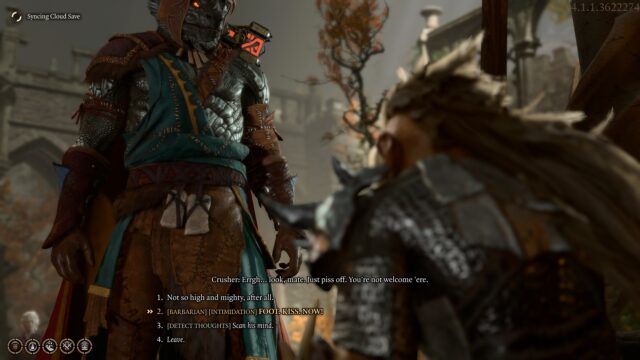
This mentality goes just beyond how the game wants you to act in conversations, almost everything in the game ties together in some way. Every NPC adds to the world and story, every house has something worth finding. The level of interactivity is frankly absurd.
A random quest in the first act of the game can have dire consequences as you progress through the game and you realize the NPC’s are progressing with you. The story and your involvement in it feels nebulous and reactive, to the point where the game could sway in wildly different ways depending on specific choices you make in ways other games dream. All of this could come down to simply how you react to a cow or child. The maps never change but the way the people do makes the world feel incredibly alive.
This goes beyond just the larger sweeping changes but even in minute to minute scenarios. Every spell gives you a new way to interact with an encounter. Something like Speak With The Dead or Speak with Animals can completely recontextualize how a specific quest is going, and give new ways to solve them. You could get a forewarning about an ambush or new information that sheds the quest giver in a different light.
It’s nearly impossible to describe how much you can do to change what is happening around you because there’s just so much.
“You clear the stairway and look out the door, the sky is dark and the air is putrid. Dead trees dart a gray landscape and black magical fog seems to hang over everything. You hear rustling. Roll for initiative.”
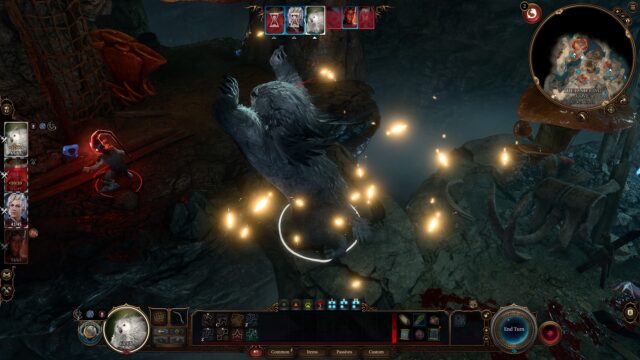
Storywise, Baldur’s Gate 3 takes an unconventional approach, you and your party are infected by Mindflayer Tadpoles, ticking clocks that are slowly turning you all into eldritch octopus monstrosities. The story branches out from that, but the clear objective throughout the game is to find a cure and keep yourself from changing.
Separated into 3 acts it almost works as the greatest hits of a perfect D&D campaign, starting in a fantasy forest and traditional troupes it takes a hard turn into horror in the second act and an even more interesting locale in the 3rd. Like almost everything else with the game, the sheer variety of locations is amazing. It feels like Larian is constantly trying to one-up themselves, pushing more interesting locals and places to explore. Every time you think you’ve explored a new map you find some new NPC with a new quest that opens up an entirely new area. All the while still somehow managing to tie into the main narrative.
It makes it feel like nothing in the game is less important than anything else. There are clear hard story quests, but every side quest feels just as important to flesh out the narrative and your role within it as any of those. In some cases more.
“They warned you that she was a monster, a devil from hell itself. You follow a trail of blood to a nearby stream, she sits there, tending to her wounds. Just as afraid as you are. Roll for Insight.”
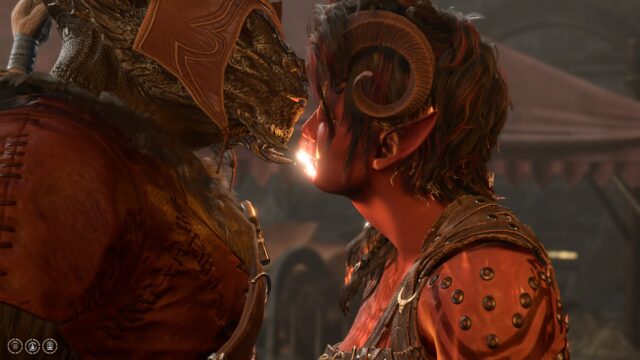
With that said, the most important part of Baldur’s Gate 3, much like everything else in life, is the friends we make along the way.
The party is possibly one of the greatest assembled in any game. Like any great D&D party, they’re less united with you in similar wants/desires but have a common goal. Making an evil aligned vampire more likely to cooperate with a group of goody-two-shoes. The game runs with this. It leans on the friction of the group.
Shadowhart, a cleric of the goddess of darkness Shar, doesn’t trust La’Zeal, a Gith woman from another plane of reality, and that mistrust blossoms with or without your intervention. Leading to unexpected moments between the two of them. Where most games seem to want to sell the idea that every party of adventures are best friends, Baldur’s Gate 3 wants to remind you that just because they share a goal doesn’t mean they have to like each other. But if you want to foster that relationship you can, you spend the time building the bridge between them. Feel the actual fruits of those labors.
Your exploits do not exist in a vacuum to your party. They can and will comment on what you do and don’t and they will fight with you over it.
And they definitely have a lot to say about who you decide to share a bed with. Because this game is extra horny.
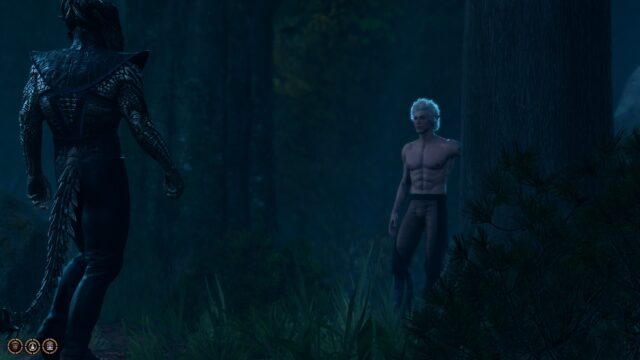
But that’s just D&D.
Of course, nothing is perfect. Baldur’s Gate 3 does have some technical issues. Mostly just frame drops, especially if you’re running on older hardware. It’s a massive game with a lot going on so clearly every bug can’t be ironed out. You can run into issues where quest prompts don’t load or enemies aren’t taking damage for some reason. Frustrating, but nothing that a quick load can’t fix. Just remember to save often.
You also occasionally run up against the edges of what you can do, which again isn’t much and inevitable really. Sometimes a dialog prompt won’t have anything you would want to say. Or a questline will go into a direction you don’t really feel your character would, but this is still a video game and it still has a story to tell, and compared to an actual table top game anything can feel limited at times.
But even the best GM’s will tell you that a TTRPG is never truly open, there’s always the invisible hand guiding you, and Larian’s hand is one of the best you’ll ever have to follow. Somehow they’ve managed what almost feels impossible.
 The Final Word
The Final Word
Baldur’s Gate 3 is possibly one of the greatest RPGs ever made. It’s a game you dream about when you’re not playing. It makes the possibilities feel endless, like your character’s story matters above all else. And in Baldur’s Gate 3 it does.
MonsterVine Rating: 5 out of 5 – Excellent

